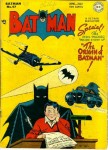
Sixty-eight year old fashion spoiler alert!
As Girl in Dior aptly depicts, the designer’s debut collection split the fashion world. For some, the longer length of the skirts in Christian Dior’s first collection in 1947 was a step backward, but what ultimately won the day was a sense that Dior had tapped into deeper, more vital currents in the post-war West. Besides changing the course of fashion for a generation and, along the way, mentoring his successor in innovation, Yves Saint Laurent, Dior inspired a description that immediately became synonymous with his designs and, over time, any revolutionary break from existing style: the New Look.
Girl in Dior beautifully depicts the entry of this phrase into the fashion lexicon. After noting the presence of legendary Harper’s Bazaar editor Carmel Snow in the front row, author Annie Goetzinger lavishly recreates the moment when, following the show, Snow uttered the phrase that solidified Dior’s place in fashion history.
If you’re reading this site, though, chances are that you’re already thinking that the New Look sounds mighty familiar.
It was, of course, the name famously — and not coincidentally — given to the modernization of Batman's appearance in 1964.
But that wasn’t the first time Dior’s New Look appeared in Batman comics – there’s also a reference contemporaneous with Dior’s early work.
Dior’s New Look garnered a lot of press in the U.S., from the revolutionary collections in the late ’40s to the Dior-mania of the subsequent decade and more. For our purposes, two articles in particular stand out: a January 1948 New York Times piece headlined “New Look to Stay, Expert Asserts” and Life Magazine‘s coverage of Dior’s latest “New Look” collection in February 1948.
To see how such stories influenced comics, we can turn to the June 1948 of Batman, which re-tells Batman’s origin and includes his epic encounter with his father’s murderer, Joe Chill. However, that’s not the only story in this book, which deserves a digital restoration in full on Comixology (hint, hint).
The landmark Batman #47 actually opens with a Catwoman story called “Fashions in Crime.” The tale begins with Catwoman breaking out of jail, only to hear herself mocked by other women as she walks down the street while wearing her civilian clothes:
“Hmmph! She’s wearing a short skirt! She doesn’t have the NEW LOOK!”
As the women go on to ridicule her for not reading the latest fashion magazines, Catwoman makes the painful realization that “since [she’s] been in prison, the style has changed.” But this also gives her an entrepreneurial idea: she creates her own fashion magazine, Damsel, along with a Damsel fashion TV program.
Months later Damsel is the hottest media empire in the fashion world, and the scene shifts to an older socialite, who, wearing an elaborate hat, notes that Catwoman-turned-Damsel-publisher-Madame-Moderne’s latest designer favorite is “a gown by Millie Karnalee.” Karnalee’s name seems odd, but at the time it would have made sense as a pun on the popular American designer Hattie Carnegie, the subject of the January 1948 New York Times piece. Carnegie, besides, ahem, adapting (i.e. copying) Dior’s “New Look” at a lower price for the U.S. market, also made a point of condemning the predilection of younger women not to wear hats.
And despite a nifty later scene wear Batman cracks the case thanks to his encyclopedic knowledge of fashion illustration technique, that’s where the story begins to diverge from the world of Girl in Dior.
Apparently the writers weren’t aware of the free samples and ample cashflow that would have been accrued to the publisher of the world’s hottest fashion magazine, because Catwoman proceeds to use her newfound high-society access to steal clothes and rob women at an exclusive fashion show. Not surprisingly, the scene at Catwoman’s show is rather different from the more modest Parisian runways of the time — in true 1940s Batman fashion, it features “giant needles … scissors … thimbles … and a huge sewing machine!”
Girl in Dior might not end with a fight on oversized designer props, but it is nonetheless a most enlightening read. I could go on, but I’ll leave that to an actual reviewer – ceci n’est pas une critique de Jeune fille en Dior.


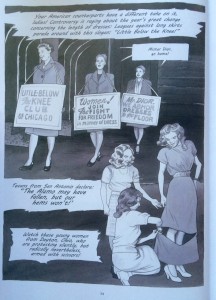
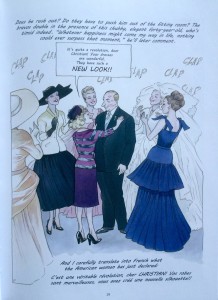
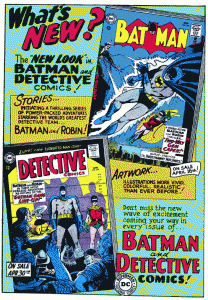

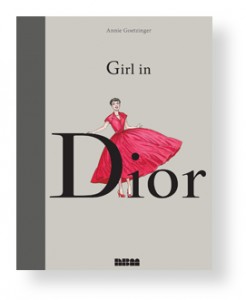
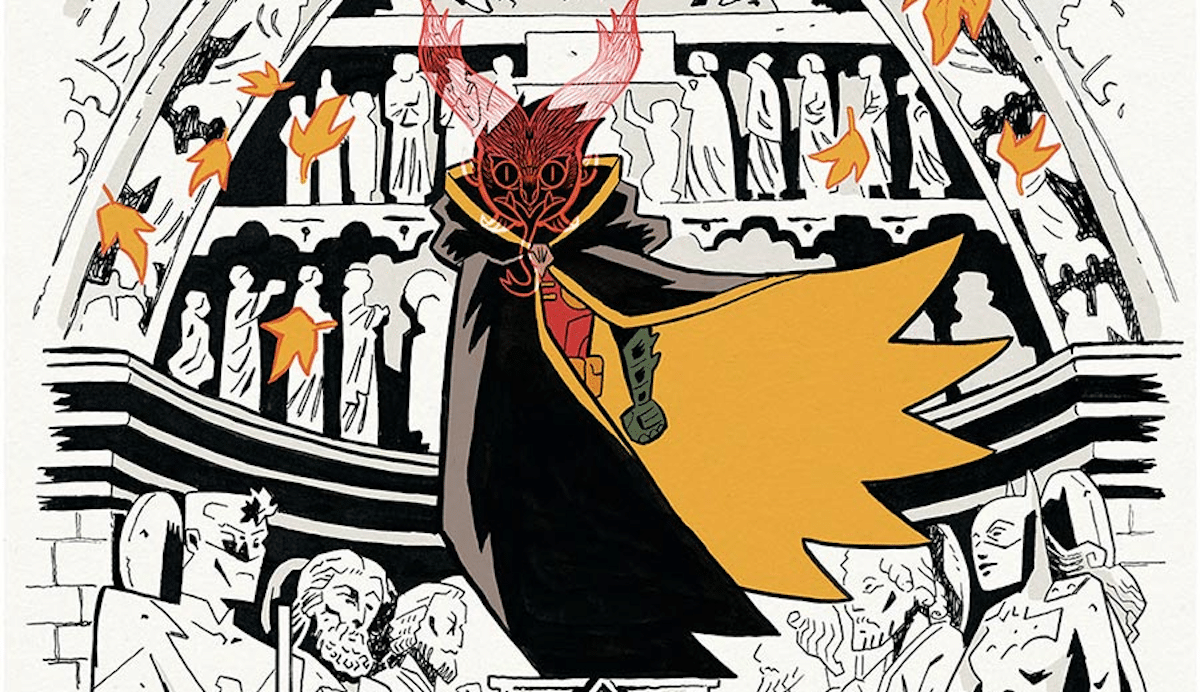
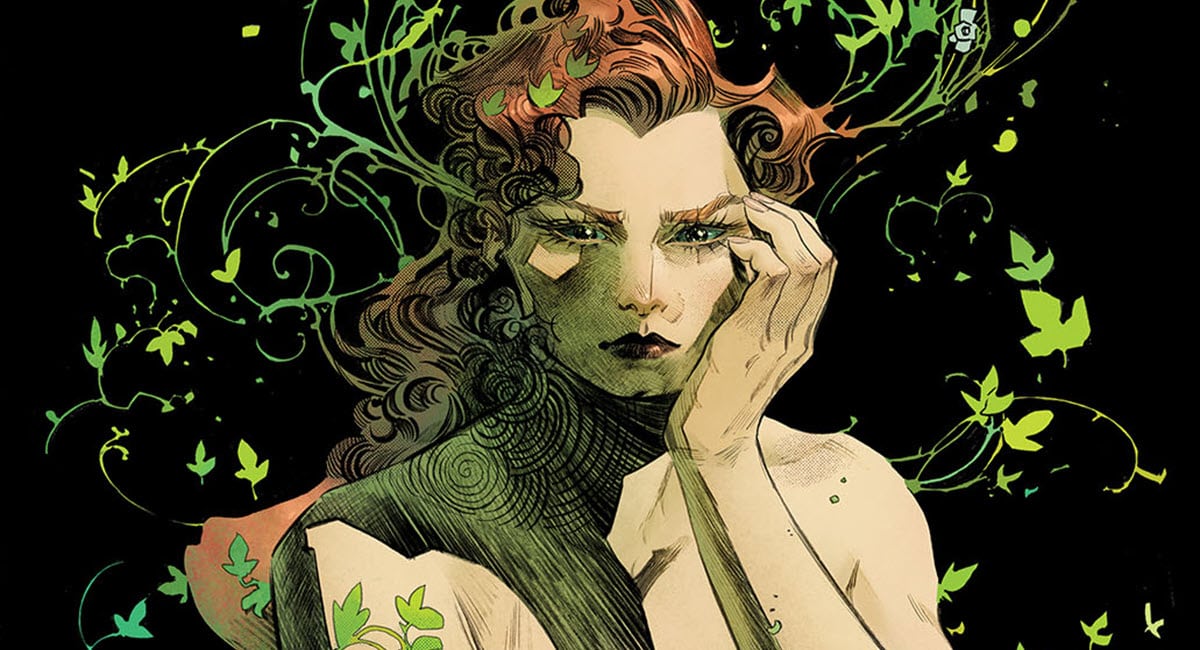
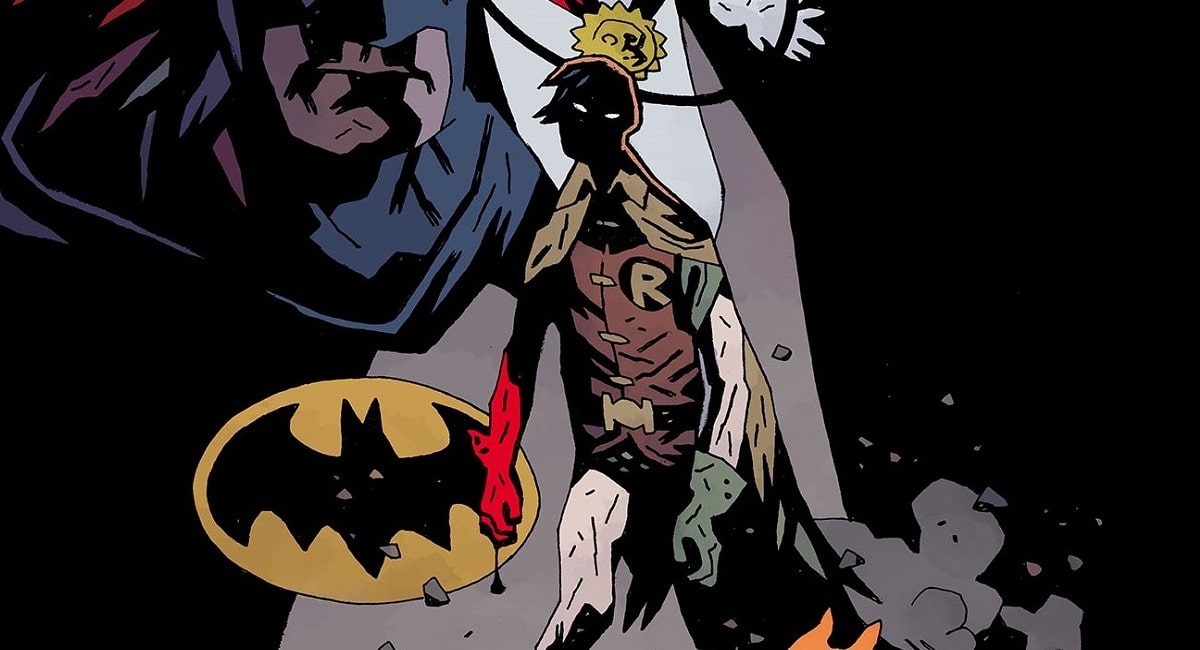



Great read and fascinating connecting of dots here–thanks!
Great stuff, Jeff — especially that Catwoman catch!
“The style has changed.”
Very fanny, jeff, I enjoy it!
Thanks, all, for the good words – and especially to Anne Goetzinger for the wonderful book!
Which, by the way, I strongly recommend. Beauty, design, business, personal meaning – there’s real depth here in what is the graphic novel answer to the best fashion documentaries and biographical films, such as Valentino: The Last Emperor and Bonello’s Saint Laurent. There’s also a nice synchronicity here with the recent release of Dior and I, the doc about Raf Simons’ Dior debut.
Comments are closed.